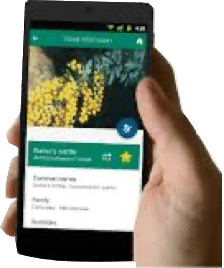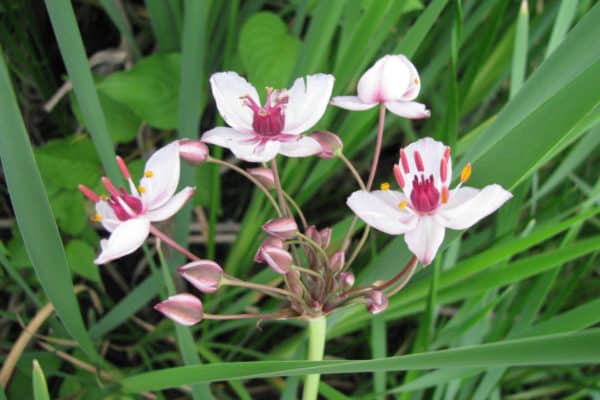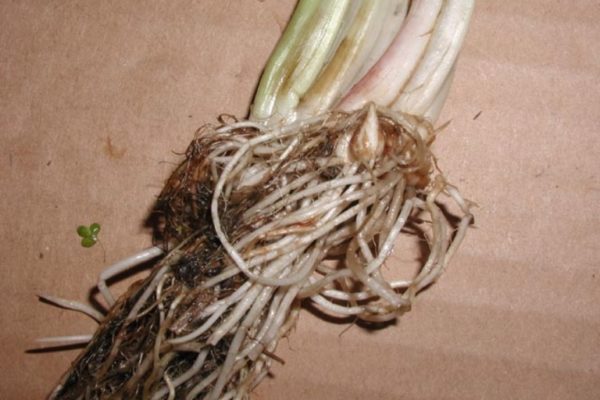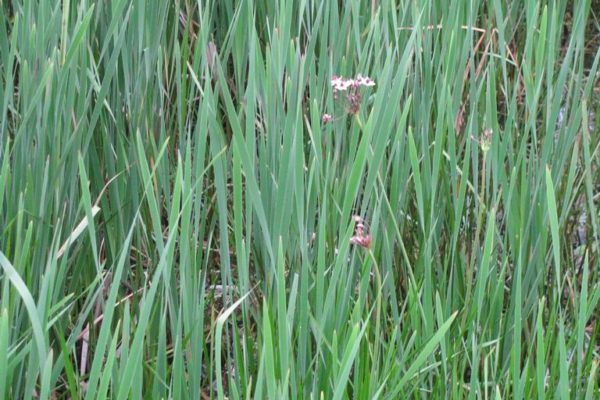Flowering rush
About This Species
Flowering rush (Grass rush) is an aquatic perennial with green, grass-like foliage and pink almond-scented flowers. It is native to Europe and Asia. It can be difficult to identify as it resembles several native species, but quickly crowds out other plants. It impedes the use of shallow waters for recreation, irrigation & industrial activities, and alters natural ecosystems. Flowering rush is designated as a Provincial Noxious Weed by the BC Weed Control Act, as well as a Provincial EDRR species by the BC Provincial Priority Invasive Species List.
How to Identify
Flowering rush typically grows in shallow waters but can survive in water as deep as 6 m. Stems range from 1-1.5 m tall and sprout from the crown of the plant. It has thick roots with bulbous nodes.
Flowers in pink umbrella shaped clusters on delicate, 5-10 cm long flower stalks.
Its leaves are ribbon like and flexible and have a distinctive triangular cross-section.

Take Action
Prevention is important for this plant – be sure not to trade or sell this plant. Be sure to “Clean, Drain, Dry” your boats and recreational equipment when leaving a site where Flowing rush is present. As this plant has not yet become established in BC, be on the lookout for it!
-
If you need advice about invasive species on your property or you are concerned about reported invasives in your local area, contact your local government or regional invasive species organization.

Clean, Drain, Dry
Learn about best practices
The Clean Drain Dry program empowers you to help reduce the spread of invasive plants and organisms to BC waters by following the clean, drain, dry procedure on all watercraft and equipment.

Plantwise
Learn about best practices
A few non-invasive alternatives to plant instead of Flowering rush include:
- Evergold sedge (Carex oshimensis ‘Evergold’)
- Narrow-leaved cotton grass (Eriophorum angustifolium)
- Rocky mountain iris (Iris missouriensis)
- Japanese water iris (Iris ensata)
- Small-panicled bulrush (Scirpus microcarpus)
REPORT TO PROTECT BC’S BIODIVERSITY

Use the app
Observe and report to protect BC’s biodiversity

Report through this website
Use our form to tell us what you’re seeing and where.





